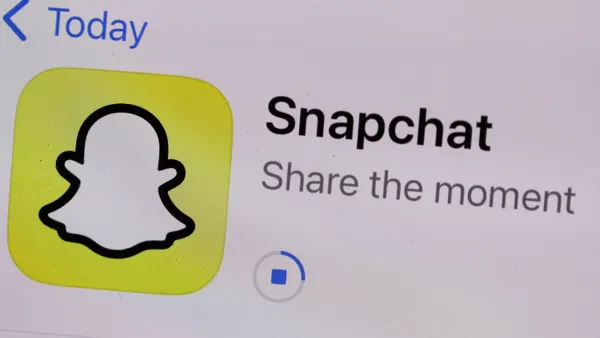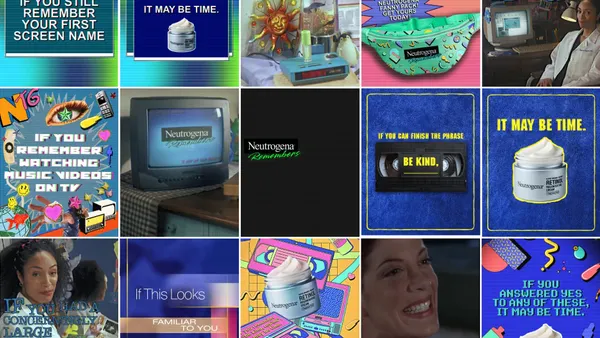Social media has so deeply permeated our lives, jobs, and even consciousness that it seems like it’s been around forever—but the reality is that it’s still a fairly new phenomenon. With ever changing digital technologies, social media has been able to change dramatically since its inception, and even more so in just the past five years.
Along with the changes comes adjustment from marketers. It can be a frustrating journey sometimes to try to keep up with the evolution of social media. Despite the challenges, keeping up with the changes is necessary to make the most of the social tools.
To appreciate how far social media has come—and to help predict the evolution of the medium—here are four ways social media has changed in the past five years.
1. New Players
It’s hard to believe, but many of the biggest players in social media today haven’t even hit their fifth birthday. Instagram—now owned by Facebook—will just be turning five this year. The rookie of the year, Snapchat, isn’t even three years old, and Pinterest—another a social media powerhouse—only just had its third birthday.
All these new players, especially the photo-centric ones like Pinterest and Instagram, have changed what users want to see on social media. The demand for imagery has made the traditionally text-centric social sites—particularly Twitter—develop new ways to incorporate photos and video directly into the timeline or newsfeed.
The lesson to be learned here is to not discount a newbie social platform just because it’s not established. If it finds its niche audience, it could be the next Pinterest or Snapchat.
2. Brands look to consumers for content
Traditionally, marketing has often been about blasting a message out to the public in a manner that encourages interaction with the brand. But before social media, the conversations between brands and consumers was mostly one-sided. Even when social media started to take off, many marketers were still stuck in the idea that it was a new venue to distribute branded messages.
While social media is a good outlet to distribute marketing messages, its main function has always been to facilitate social interaction. As brands become more common on social platforms, people have become more comfortable interacting with their favorite companies.
@adgrad Aw, thanks for your compliments!
— Virgin America (@VirginAmerica) February 18, 2015
@Lene_Forever We'll cook for you.
— Taco Bell (@tacobell) February 19, 2015
Social media has also made it easier for brands’ to find its most loyal consumers. Those fans are creating content at incredible speeds and volume – brands just have to find ways to harness it. Moving forward, the brands that are most successful at leveraging consumer-created content—like Sharpie and Starbucks for example—will be the thought leaders in the social media space.
3. Video is king
Even if you were to just follow the arc of Facebook’s relationship to video, it would show you how important videos have become in social media messages. A study released on Monday shows that Facebook videos have double the organic reach of photo posts—something that wasn’t true even just a year ago.
Add Facebook’s marketing successes in surpassing YouTube, along with a growing list of short-form mobile videos from apps like Vine and Instagram, and you’ve got the recipe for a video explosion that has occured in recent months. Mobile technology has spurred a big part of social video—never before have so many people carried around a high quality video device with them everywhere.
With the medium so easy to produce—and as long as people still want to consume it—it will continue to be the format that marketers should continue to try and master.
4. Everything is mobile centric
In addition to spawning a hand-held video culture, smart phones are driving social media use. More people access social media from mobile than from anywhere else. Facebook is killing it in revenue due to its mobile growth, and the majority of Twitter users log on from mobile devices.
Not only are users accessing traditionally desktop social sites from mobile, but the popularity has spawned growth mobile-centric social apps in the past five years. Messaging apps in particular have seen real success recently—the overnight success of Snapchat offers great insight to the changing user habits.











